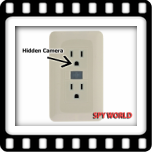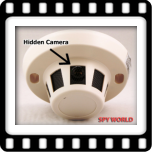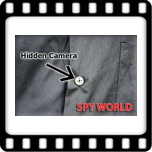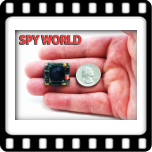Other GPS Systems History Miami Coral Gables
History Miami Coral Gables There are other similar systems to GPS in the world, which are all classified as the Global Navigation Satellite System (GNSS). GLONASS is a satellite constellation system built by Russia. History Miami Coral Gables The European Space Agency is creating Galileo, while China is creating BeiDou. Most Garmin receivers track both GLONASS and GPS, and some even track BeiDou. History Miami Coral Gables You can expect a more reliable solution when you track more satellites. History Miami Coral Gables You could be tracking nearly 20 with newer Garmin products. History Miami Coral Gables
The GPS Satellite System History Miami Coral Gables
History Miami Coral Gables The 31 satellites that currently make up the GPS space segment are orbiting the earth about 12,000 miles above us. History Miami Coral Gables These satellites are constantly moving, making two complete orbits in less than 24 hours. History Miami Coral Gables They travel at speeds of roughly 7,000 miles an hour. Small rocket boosters keep each satellite History Miami Coral Gables flying on the correct path. History Miami Coral Gables
Here are some other interesting facts about the GPS satellites: History Miami Coral Gables
• The official USDOD name for GPS is NAVSTAR History Miami Coral Gables
• The first GPS satellite was launched in 1978. History Miami Coral Gables
• A full constellation of 24 satellites was achieved in 1994. History Miami Coral Gables
• Each satellite is built to last about 10 years. Replacements are constantly being built and launched into orbit. History Miami Coral Gables
• A GPS satellite weighs approximately 2,000 pounds and is about 17 feet across with the solar panels extended. History Miami Coral Gables
• GPS satellites are powered by solar energy, but they have backup batteries onboard, in case of a solar eclipse. History Miami Coral Gables
• Transmitter power is only 50 Watts or less. History Miami Coral Gables
What's the signal? History Miami Coral Gables
GPS satellites transmit at least 2 low-power radio signals. The signals travel by line of sight, meaning they will pass through clouds, glass and plastic but will not go through most solid objects, such as buildings and mountains. History Miami Coral Gables However, modern receivers are more sensitive and can usually track through houses. History Miami Coral Gables
A GPS signal contains 3 different types of information: History Miami Coral Gables
• Pseudorandom code History Miami Coral Gables is an I.D. code that identifies which satellite is transmitting information. History Miami Coral Gables You can see which satellites you are getting signals from on your device's satellite page. History Miami Coral Gables
• Ephemeris data History Miami Coral Gables is needed to determine a satellite's position and gives important information about the health of a satellite, current date and time. History Miami Coral Gables
• Almanac data History Miami Coral Gables tells the GPS receiver where each GPS satellite should be at any time throughout the day and shows the orbital information for that satellite and every other satellite in the system. History Miami Coral Gables
GPS Signal Errors Sources History Miami Coral Gables
Factors that can affect GPS signal and accuracy include the following:
• Ionosphere and troposphere delays: Satellite signals slow as they pass through the atmosphere. History Miami Coral Gables The GPS system uses a built-in model to partially correct for this type of error. History Miami Coral Gables
• Signal multipath: The GPS signal may reflect off objects such as tall buildings or large rock surfaces before it reaches the receiver, which will increase the travel time of the signal and cause errors. History Miami Coral Gables
• Receiver clock errors: A receiver's built-in clock may have slight timing errors because it is less accurate than the atomic clocks on GPS satellites. History Miami Coral Gables
• Orbital errors: The satellite's reported location may not be accurate. History Miami Coral Gables
• Number of satellites visible: The more satellites a GPS receiver can "see," the better the accuracy. When a signal is blocked, you may get position errors or possibly no position reading at all. History Miami Coral Gables GPS units typically will not work underwater or underground, but new high-sensitivity receivers are able to track some signals when inside buildings or under tree-cover. History Miami Coral Gables
• Satellite geometry/shading: Satellite signals are more effective when satellites are located at wide angles relative to each other, rather than in a line or tight grouping. History Miami Coral Gables
• Selective availability: The U.S. Department of Defense once applied Selective Availability (SA) to satellites, making signals less accurate in order to keep 'enemies' from using highly accurate GPS signals. History Miami Coral Gables The government turned off SA in May of 2000, which improved the accuracy of civilian GPS receivers. History Miami Coral Gables
• History Miami Coral Gables
















